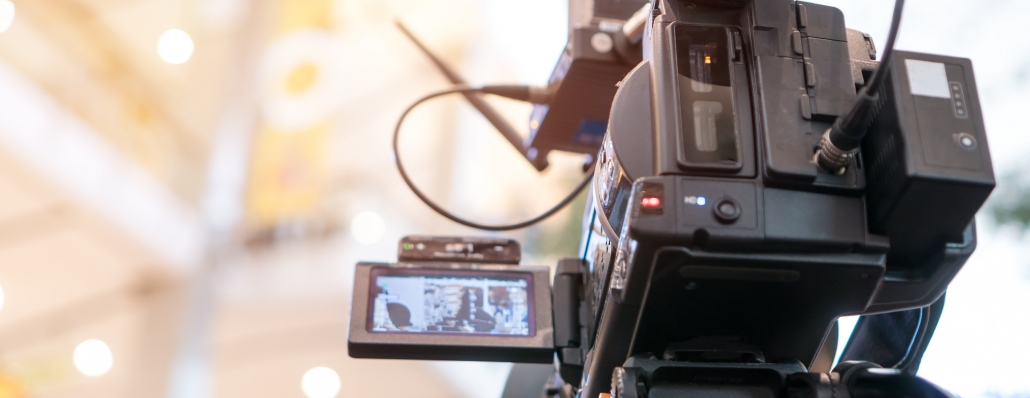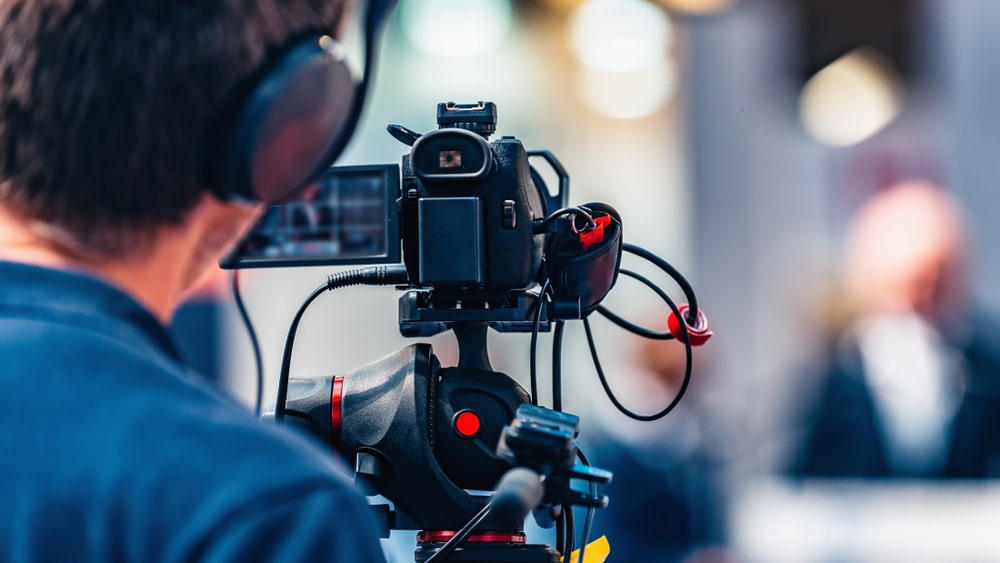High-Resolution Legal Videography for Accurate Evidence Recording.
High-Resolution Legal Videography for Accurate Evidence Recording.
Blog Article
The Role of Legal Videography in Depositions and Trials
Lawful videography has arised as an important device in both depositions and trials, giving a diverse strategy to documenting witness testimonies. As lawful professionals progressively recognize its value, it motivates a deeper assessment of how these aesthetic documents can influence juror perceptions and trial outcomes.

Significance of Lawful Videography
Legal videography plays a crucial function in the paperwork and presentation of depositions and tests. This specialized area integrates technological abilities with legal understanding to develop a dependable record of procedures that can dramatically influence instance results. The aesthetic facet of legal videography boosts the understanding of witness testimony, enabling jurors and judges to observe not only the spoken words but additionally the demeanor, emotions, and body movement of the witnesses.
In addition, legal videography gives an objective account of events, lessening the capacity for misinterpretation that can accompany written transcripts alone. This visual documents works as a critical tool throughout trial discussions, facilitating a more clear and more influential story for both complainants and accuseds. Moreover, the capability to replay video clip sections during court procedures allows lawful teams to highlight bottom lines, enhancing their debates properly.
The importance of legal videography expands past the court; it also plays a vital function in protecting evidence for future reference, whether for allures or more lawful activity. Therefore, its integration right into the lawful procedure is important for ensuring a reasonable and accurate depiction of the facts, inevitably contributing to the quest of justice.

Process of Legal Videography
While capturing the nuances of depositions and tests, the procedure of lawful videography includes a number of crucial actions that guarantee high-quality, precise recordings. At first, a professional lawful videographer prepares by reviewing the instance materials and comprehending the particular needs of the deposition or trial. This prep work consists of familiarizing themselves with the participants and the context, which helps in recording relevant information.
On the day of the recording, the videographer establishes the needed devices, which usually includes high-def cameras, microphones, and correct illumination. Guaranteeing optimal angles and audio top quality is vital, as it directly influences the performance of the recording. The videographer communicates with lawyers and participants to develop protocols, guaranteeing that everybody comprehends the recording procedure.
Throughout the deposition or test, the videographer diligently tape-records the process, paying attention to both verbal and non-verbal hints. This includes recording the behavior and responses of witnesses and lawyers. After the session wraps up, the videographer may edit the video for quality and conformity with lawful standards, creating a last product that properly mirrors the process for future reference and usage in lawful contexts.
Advantages in Depositions
The incorporation of videography in depositions supplies countless benefits that boost the general procedure original site of gathering proof. One key benefit is the capability to record witness testaments with visual and acoustic integrity, providing a more precise depiction of the witness's demeanor, tone, and body language. This multidimensional strategy allows lawyers and courts to analyze reputation better than standard written records alone.
Additionally, videographed depositions work as an effective device for preserving testament. Should a witness come to be inaccessible for trial, their taped deposition can be played in court, guaranteeing that their proof remains obtainable and appropriate. This facet considerably lowers the threat of losing important information that can impact case outcomes.

Finally, videography improves the total professionalism and trust of the deposition process, instilling confidence in clients relating to the thoroughness of their lawful representation (legal videography). By leveraging innovation, legal professionals can substantially improve the efficiency of depositions
Effect On Tests
In many tests, the assimilation of videography can significantly influence the discussion of proof and the jury's understanding. Legal videography catches witness testaments and crucial evidence in a vibrant style, enabling jurors to involve with the product on multiple levels. This visual component boosts the narration element of a trial, offering context and emotional vibration that conventional text-based proof might lack.
Furthermore, video clip recordings can function as effective devices for impeachment during interrogation. When discrepancies develop between a witness's prior declarations and their court testimony, video proof supplies my link an objective reference that can persuade jurors' point of views. This immediacy and quality can bolster the reputation of a celebration's story while simultaneously weakening opposing debates.

Future Trends in Legal Videography
As we look towards the future of legal videography, a number of emerging trends assure to improve its function within the court. One significant fad is the combination of expert system (AI) in video analysis and editing. AI can streamline the process of recognizing vital moments in tape-recorded depositions, allowing lawyers to swiftly access relevant material, thereby improving effectiveness in situation preparation.
Furthermore, the surge of online truth (VR) and increased fact (AR) innovations is expected to change how jurors experience straight from the source evidence. legal videography. By submersing jurors in a simulated environment, these modern technologies can offer a more profound understanding of intricate circumstances, causing more enlightened considerations
In addition, the increasing need for remote depositions, increased by the COVID-19 pandemic, will likely continue. Legal videographers will require to adjust to new software application and systems to make sure high-grade recordings in virtual setups.
Finally, the expanding focus on data safety will certainly necessitate more stringent methods for saving and sharing video proof. As the legal landscape develops, lawful videographers must remain abreast of these patterns to preserve their significance and effectiveness in the judicial process.
Conclusion
In summary, lawful videography offers a crucial feature in the judicial process, enhancing the integrity of depositions and trials. As innovation proceeds to develop, lawful videography is positioned to further transform its duty within the legal landscape.
Report this page